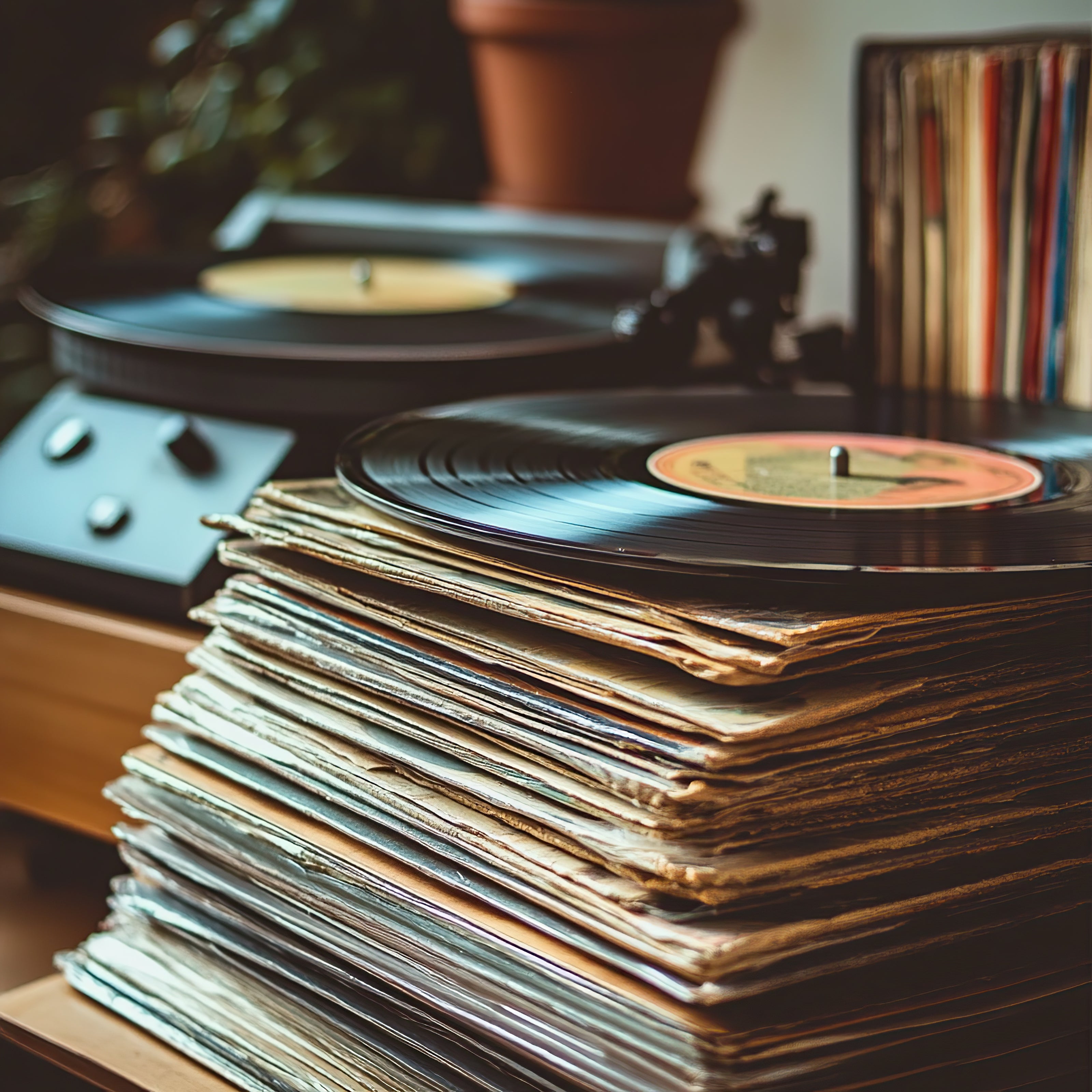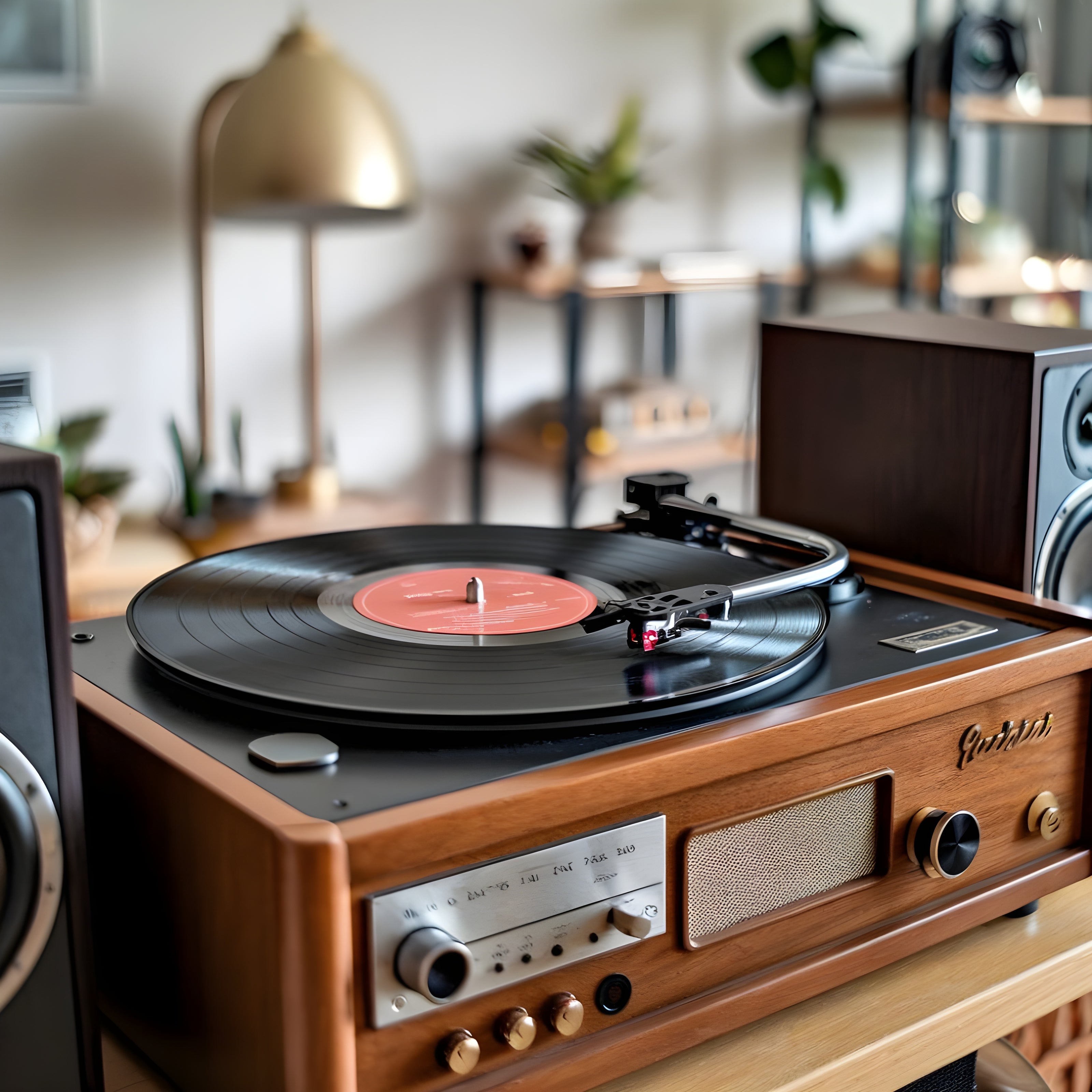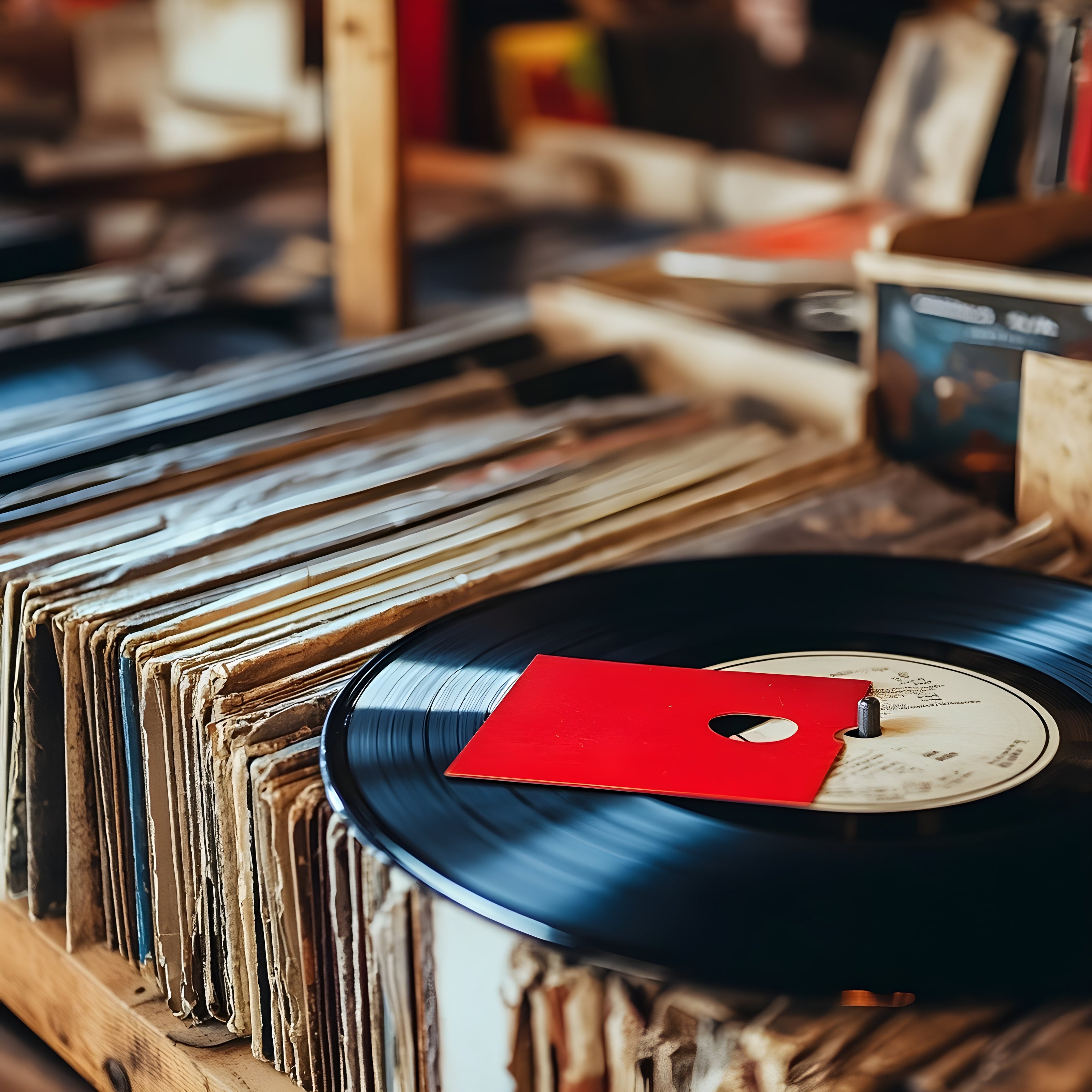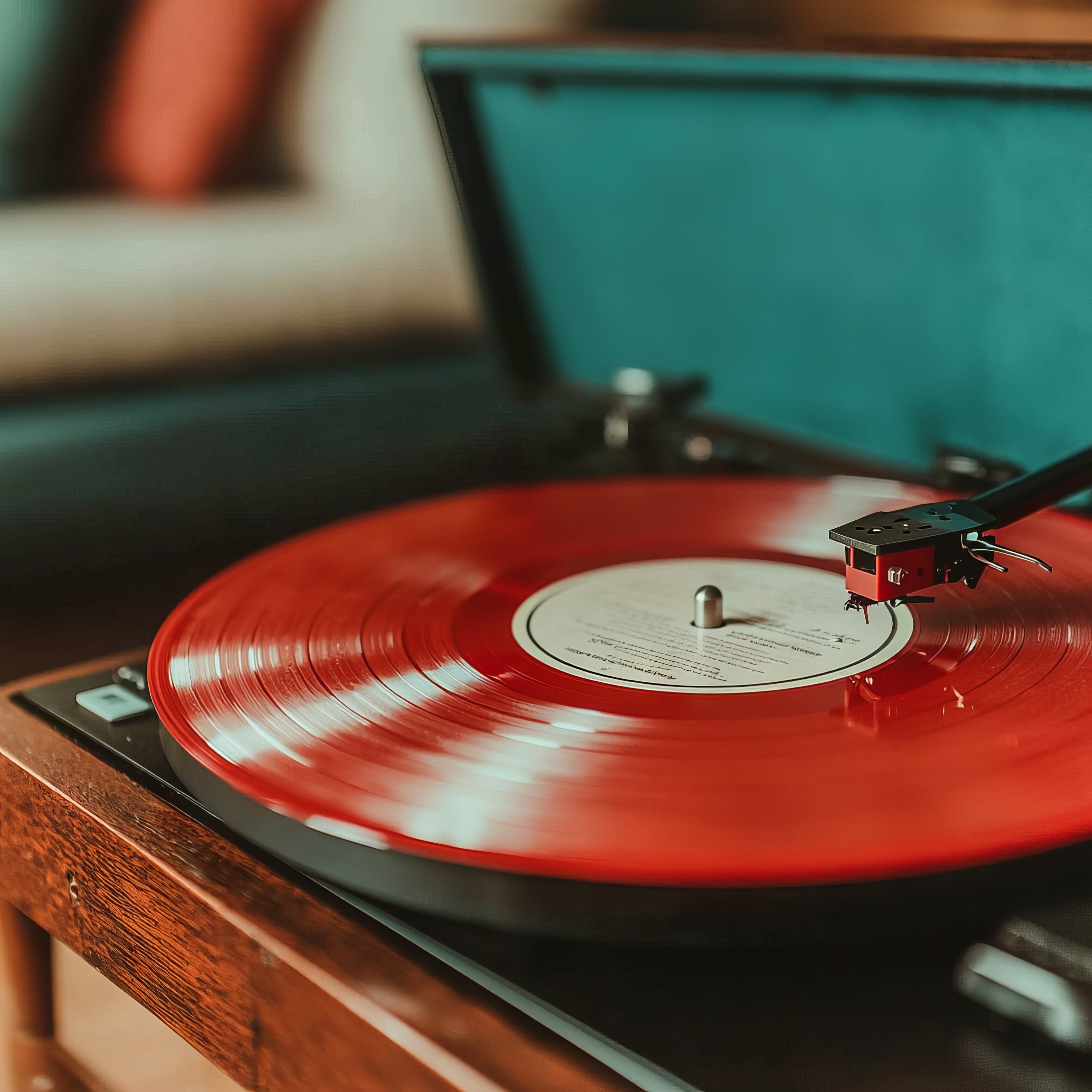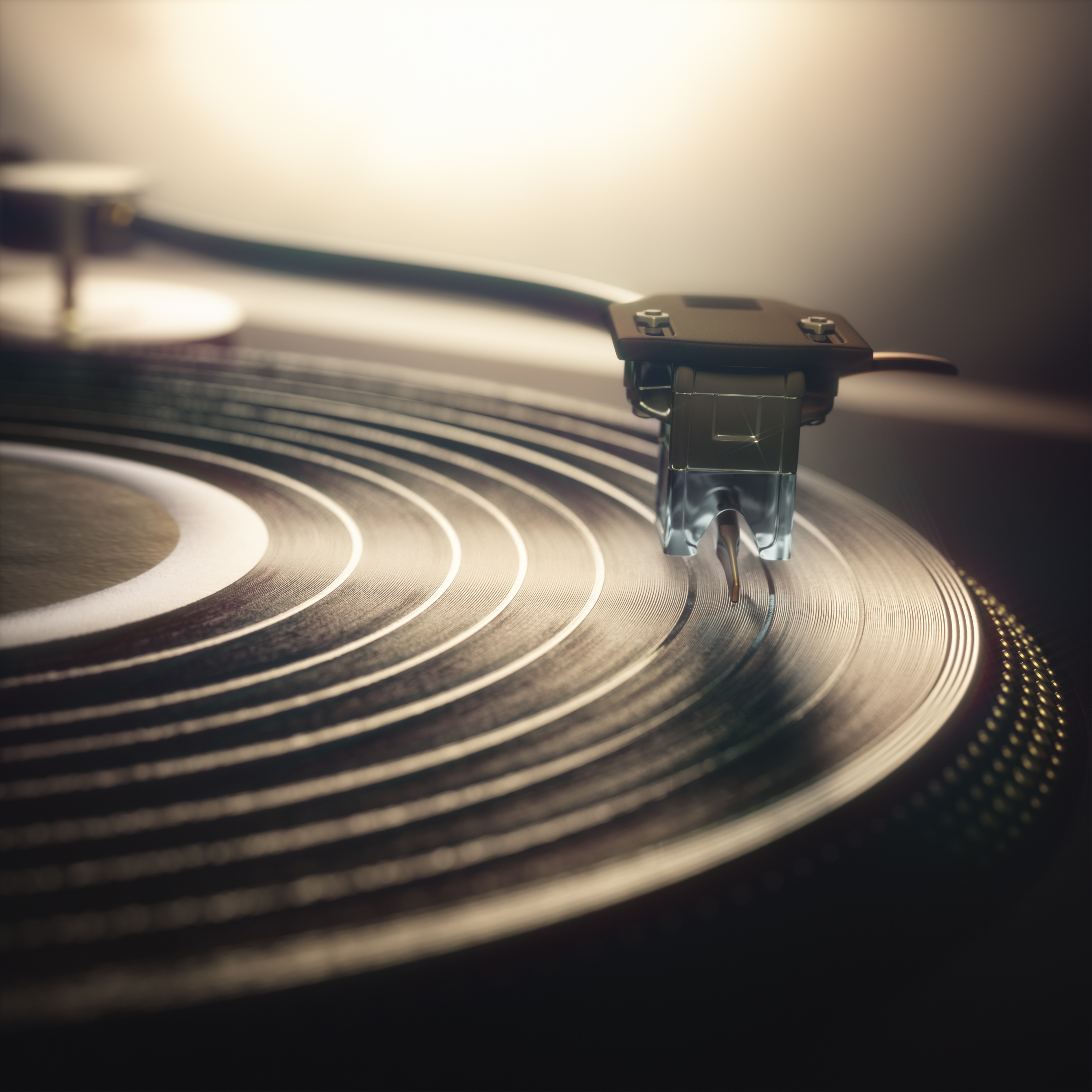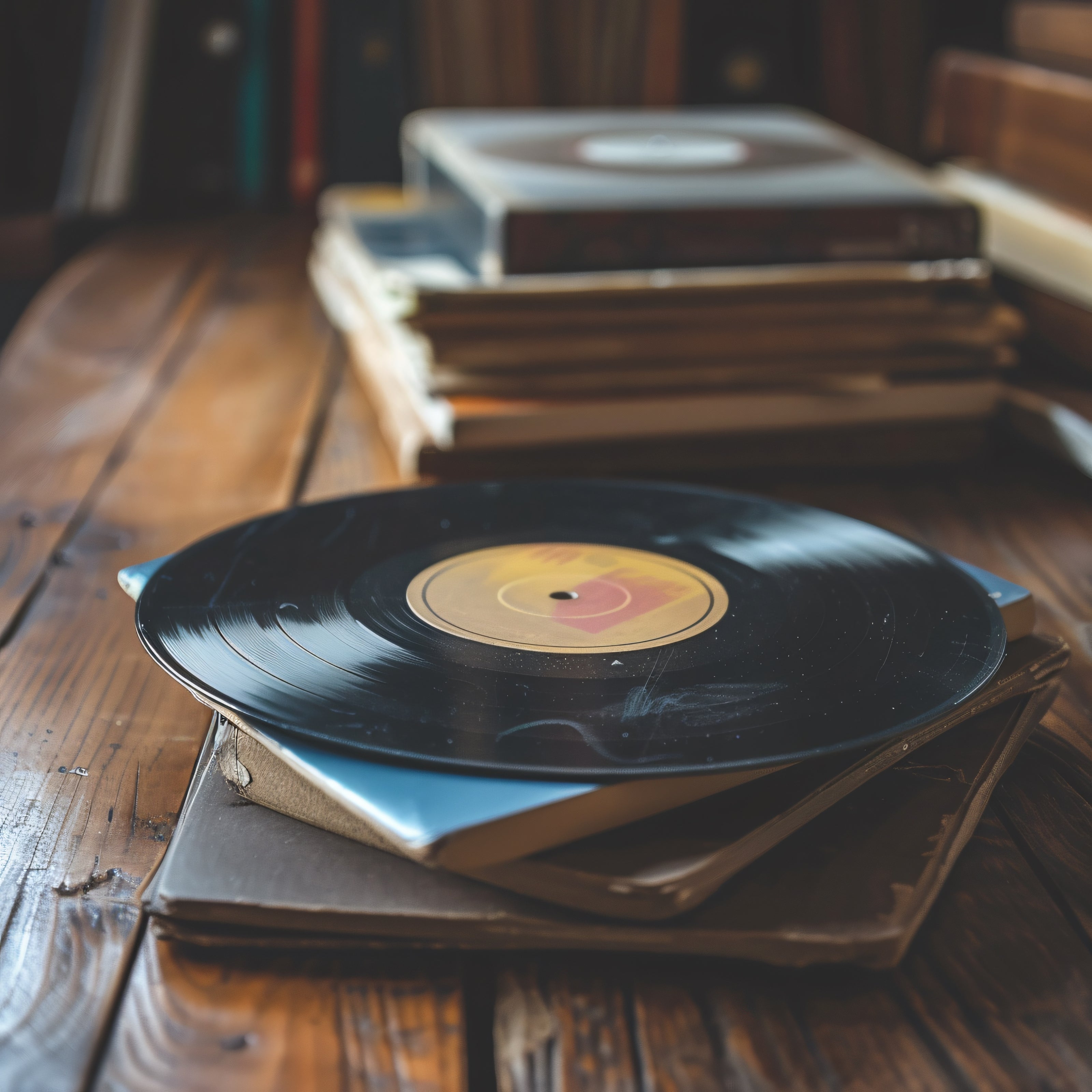
"Spinning the Sound of Nostalgia" 🎵🎶💿
LP & Vinyl Records: The Golden Era of Music
Long Play (LP) and vinyl records transformed the way people experienced music, offering warm, rich analog sound and a tangible connection to music. From jazz and rock ‘n’ roll to classical and hip-hop, vinyl records defined the golden age of music consumption and remain a cherished format for collectors and audiophiles alike.
The Origins: The Birth of the Vinyl Record
Before digital streaming and CDs, music was recorded and played on physical media formats. The journey of recorded sound began with Thomas Edison’s phonograph (1877) and Emile Berliner’s gramophone (1887), which introduced flat disc records.
🔹 Shellac 78 RPM records (1900s-1940s) dominated early commercial music releases.
🔹 In 1948, Columbia Records introduced the 12-inch LP (Long Play) record, made of vinyl, allowing longer playback times (up to 30 minutes per side).
🔹 The 45 RPM vinyl single followed in 1949, revolutionizing the pop music industry with hit singles and jukebox culture.
By the 1950s and 1960s, vinyl records became the primary music format, defining entire generations of artists and listeners.
Innovation and Evolution
1. Shellac Records & Early Discs (1900s-1940s):
Before vinyl, records were made of brittle shellac material, limited to 3-4 minutes per side.
🔹 Key Feature: Played at 78 RPM, requiring frequent record changes.
🔹 Impact: Made recorded music widely accessible, but lacked durability.
2. The Rise of the LP (1948-Present):
The vinyl LP (33⅓ RPM) allowed full albums to be played seamlessly on turntables, marking the birth of the album era.
🔹 Key Feature: Higher fidelity sound and longer playtime per side (up to 30 minutes).
🔹 Impact: Allowed artists to create concept albums, shaping music storytelling.
3. The 45 RPM Single (1949-1980s):
The 7-inch 45 RPM format became the standard for hit singles, fueling the radio and jukebox boom.
🔹 Key Feature: Smaller size, shorter playtime (one song per side).
🔹 Impact: Changed how people consumed music—one hit at a time.
4. Stereo Sound & High-Fidelity Pressings (1960s-1980s):
Advancements in stereo recording and better vinyl pressing techniques improved sound quality, making records more dynamic.
🔹 Key Feature: Enhanced stereo separation and improved durability.
🔹 Impact: Vinyl became the ultimate high-fidelity format for audiophiles.
5. The Cassette & CD Challenge (1980s-1990s):
With the rise of cassettes and CDs, vinyl sales declined as people sought more portable formats.
🔹 Key Feature: Smaller, digital alternatives to vinyl.
🔹 Impact: Vinyl became a niche market but retained a cult following.
6. The Vinyl Revival (2000s-Present):
Since the early 2000s, vinyl records have seen a massive comeback, with modern artists releasing albums on vinyl.
🔹 Key Feature: Collectors’ editions, analog warmth, and nostalgic appeal.
🔹 Impact: Vinyl sales now rival digital downloads in some markets, proving its lasting appeal.
Cultural Impact and Usage
Vinyl records shaped music culture in ways no other format has:
🎸 The Album Era: LPs allowed artists to craft cohesive musical journeys (e.g., The Beatles' Sgt. Pepper’s Lonely Hearts Club Band).
📻 Radio & Jukebox Culture: 45s fueled the pop and rock revolutions of the 1950s and 1960s.
🎶 DJ & Hip-Hop Movement: Vinyl scratching and mixing became essential elements of hip-hop and dance music.
💿 Collector’s Appeal: Limited-edition vinyl releases are now sought after by collectors worldwide.
Interesting Facts About Vinyl Records
📀 The best-selling vinyl album of all time is Michael Jackson’s Thriller.
📀 The world’s largest record collection has over 6 million vinyl records!
📀 Some records are pressed in unique colors and shapes, making them valuable collector’s items.
Why Vinyl Records Matter Today
Vinyl records offer a richer, more immersive music experience that digital streaming lacks. The ritual of playing a record, admiring album art, and enjoying the analog warmth of sound continues to captivate music lovers around the world.

